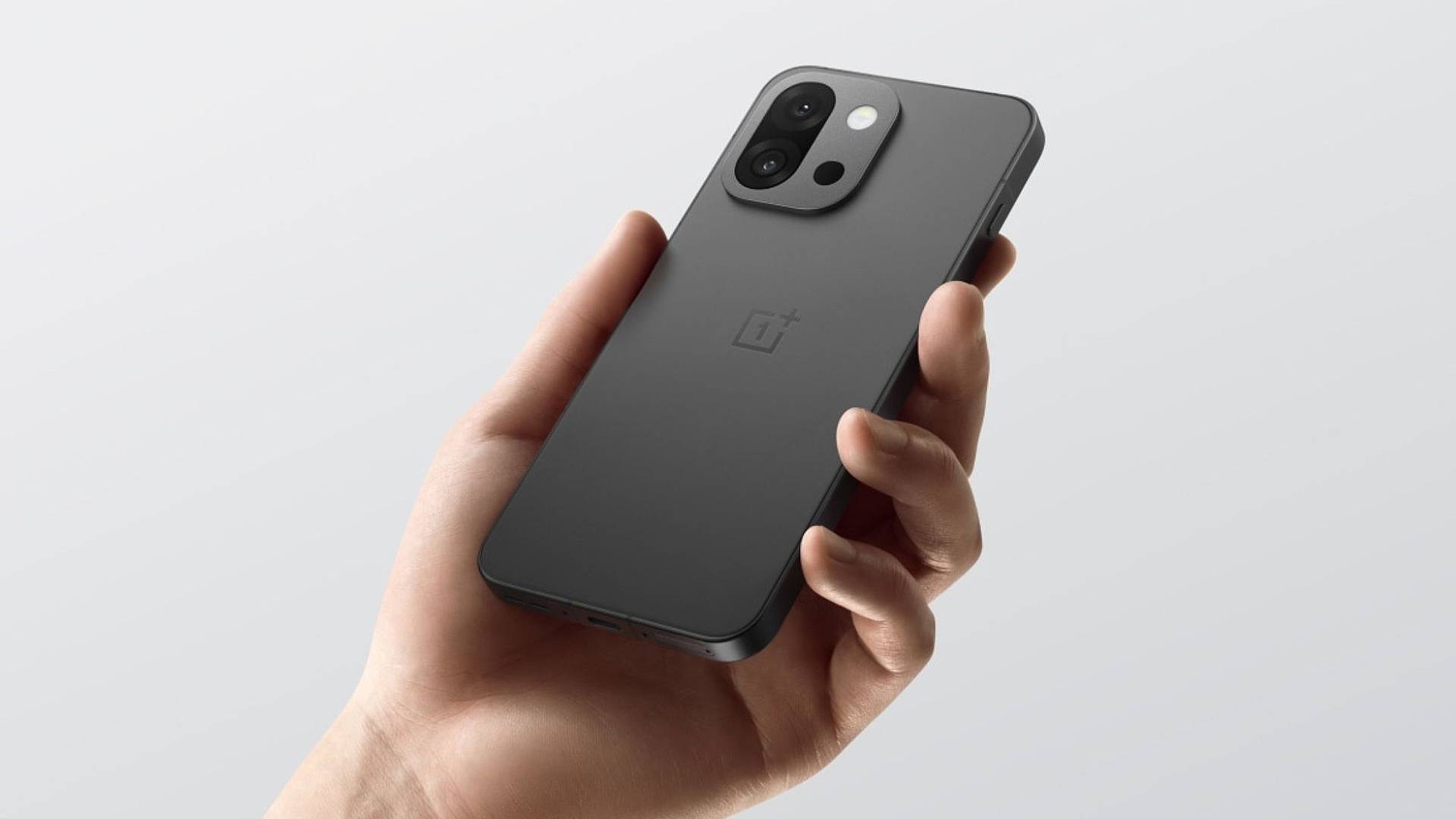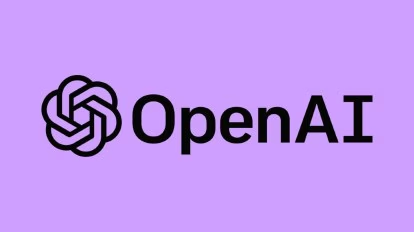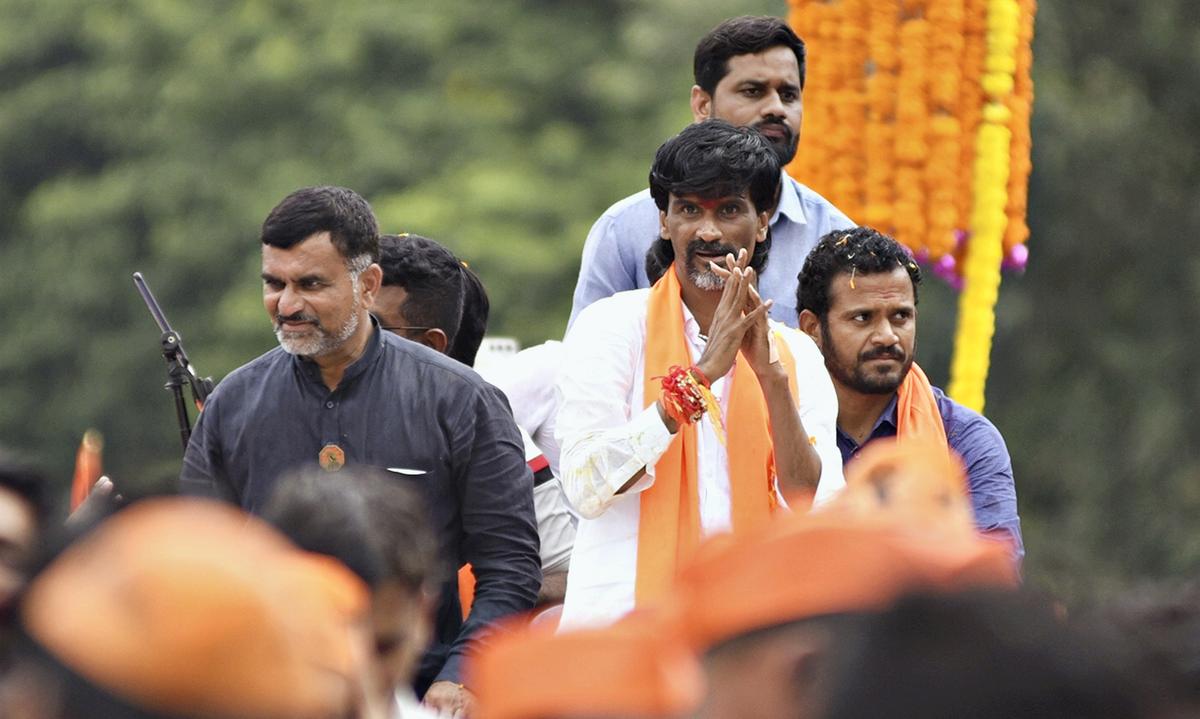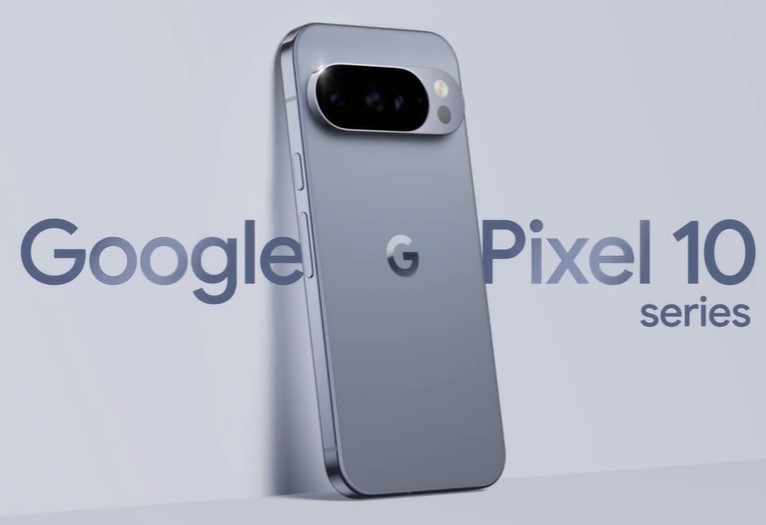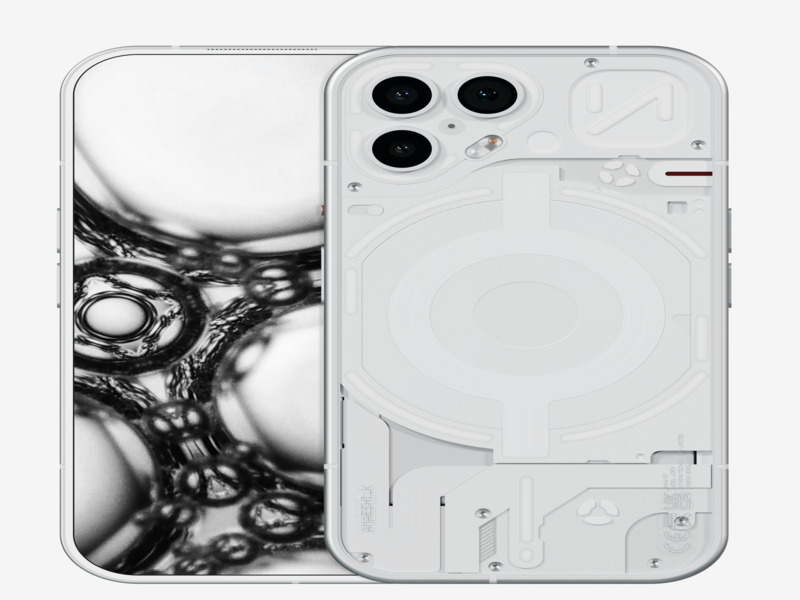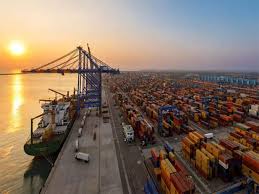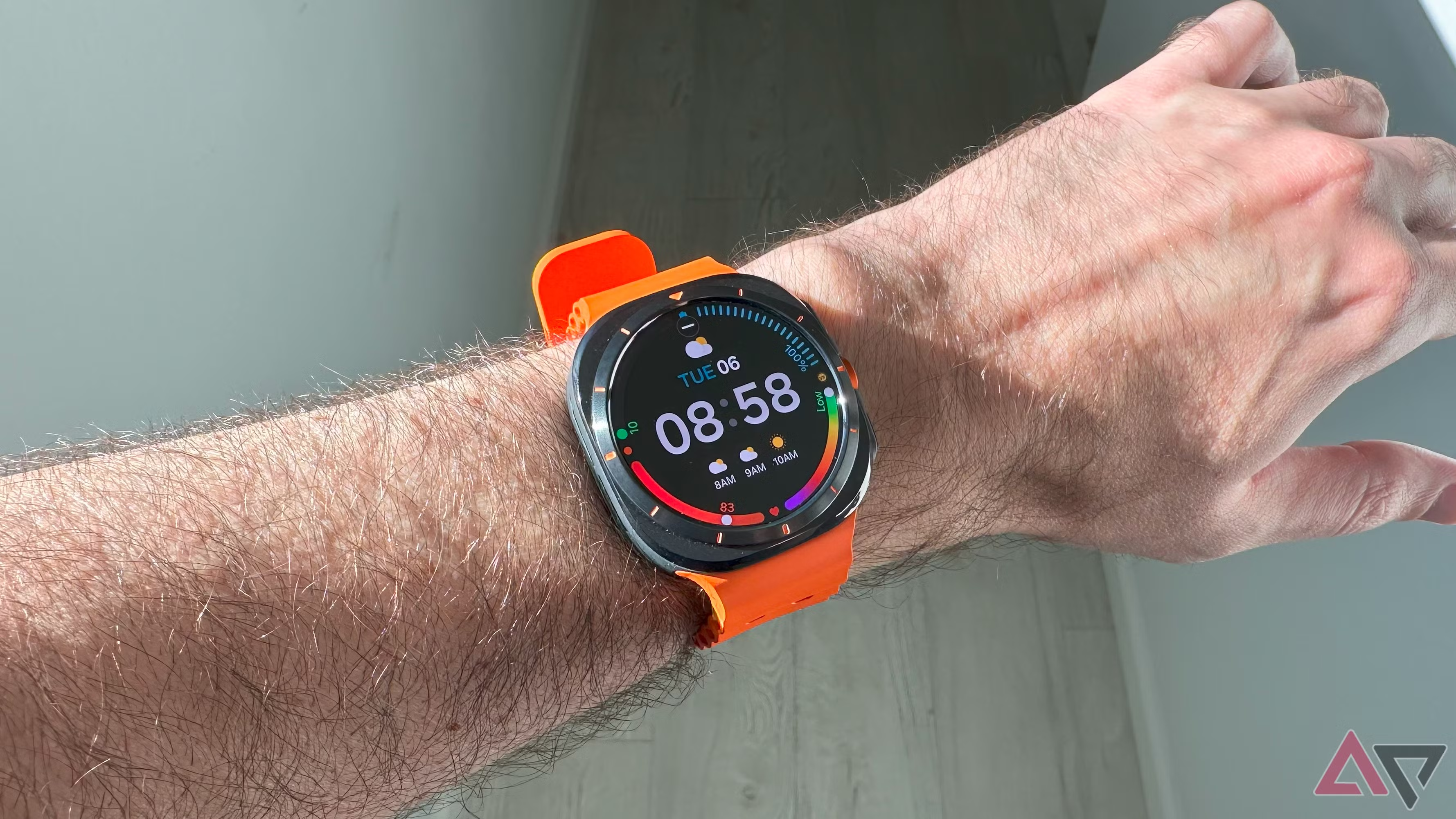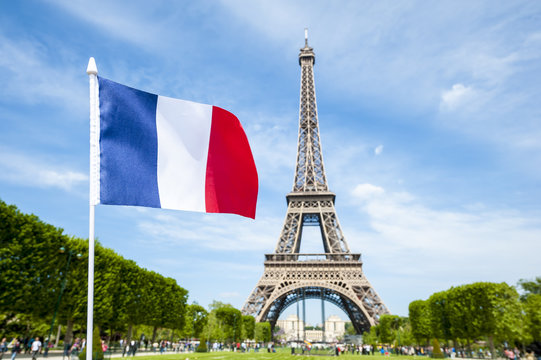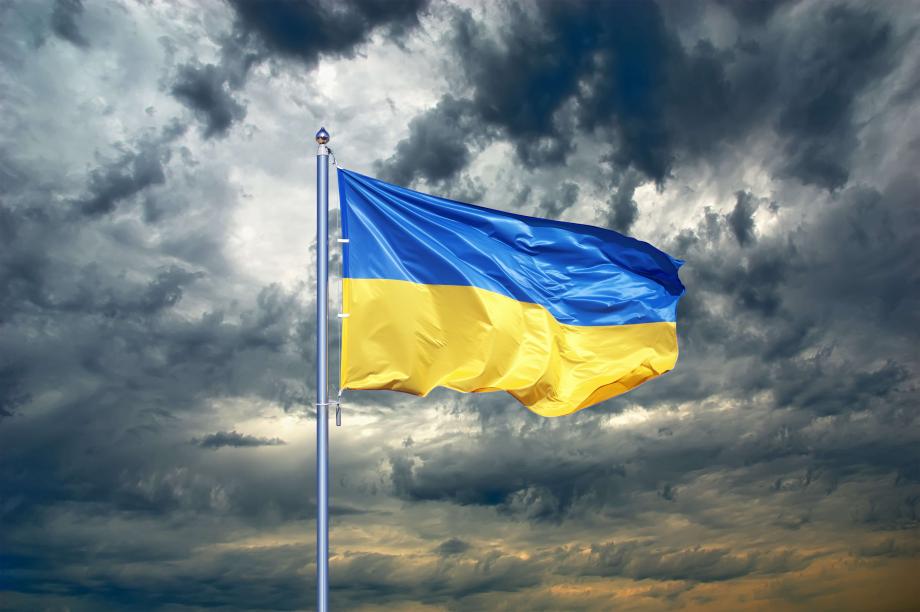Gadgets
Odyssey Developing Hollywood-Level AI Text to Video Model to Take on Gen-3 Alpha and Sora


By Kajal Sharma - 09 Jul 2024 06:16 PM
The artificial intelligence (AI) startup Odyssey, which was established last year, unveiled information on its inaugural AI product on Monday. The company disclosed that, similar to OpenAI's Sora tool, which the company has not yet released, it is developing an AI video model that can produce Hollywood-caliber visual effects. According to Odyssey's co-founder, the AI model will enable users to modify and manage the output at a fine level. The company is collaborating with many large language models (LLMs) to produce distinct layers of the output video that can be independently controlled.The Operation of Odyssey's AI Visual Model Odyssey CEO and Co-Founder Oliver Cameron announced in a series of posts on X (formerly Twitter) that the AI startup had raised $9 million (approximately Rs. 75.1 crores) in funding during its seed round, which was headed by Google Ventures. Odyssey was also developing a tool that would provide users with the ability to customize and edit high-quality video.
In addition, Cameron provided information regarding Odyssey's AI technology, stating that it was intended to produce "Hollywood-grade" footage. Additionally, the CEO revealed that the business was teaching customers how to take "full control of the core layers of visual storytelling" using four generative models.Cameron drew attention to the issue with current AI text-to-video models, namely the deficiency of controls or editing choices for the output. You can't really control your setting or the behavior of your characters, nor can you refine the finer points of your shot till it's perfect as a storyteller. We need more potent models," he continued. The business is employing several AI models to create a single layer of the composite video in order to fix the issue. Cameron says that each of the four models will produce geometry, materials, lighting, and motion on its own. The final video will be presented by combining these four layers, which will be generated concurrently based on a single text prompt. According to the company, consumers would be able to customize every layer.


